Key Points
- Amphibians are biological marvels, starting life in water before moving to land.
- The list highlights dual-habitat masters: Frogs, Salamanders, Crocodiles, Sea Turtles, and Beavers.
- One in five amphibian species are currently at a high risk of global extinction.
There are many animals that can live both on land and in water. These fascinating creatures, capable of inhabiting terrestrial and aquatic environments, represent a significant advancement in evolution due to their adaptability to both settings. The term "amphibious animals" comes from the Greek word amphi-bios, which means "double life." This is a perfect way to describe how they live.
This ability to transition is not limited to frogs and salamanders, but is also seen in many reptiles and mammals that have developed specialised adaptations for a semi-aquatic lifestyle. The global population of these dual-habitat species, especially amphibians, is currently under threat; as per the International Union for Conservation of Nature (IUCN), one in every five amphibian species faces a high risk of extinction, making the study of these amphibian species more important than ever. Understanding these creatures’ unique traits is the first step toward safeguarding their future.
Top 7 Animals that can Live Both on Land and in Water
Let’s quickly go through the names of animals that can rely on both land and water for survival before discussing their habitat one by one in detail:
| Amphibian Animal | Scientific Classification | Primary Habitat |
| 1. Frog | Amphibian (Anura) | Ponds, swamps, damp forests |
| 2. Crocodile | Reptile (Crocodylidae) | Rivers, lakes, brackish waters, and nearby banks |
| 3. Salamander | Amphibian (Caudata) | Streams, damp woodlands, under logs |
| 4. Sea Turtle | Reptile (Chelonioidea) | Open oceans, coastal waters, sandy beaches |
| 5. Beaver | Mammal (Castoridae) | Rivers, lakes, and adjacent riparian zones |
| 6. Newt | Amphibian (Pleurodelinae) | Ponds, ditches, and moist terrestrial cover |
| 7. Otter | Mammal (Lutrinae) | Rivers, lakes, coastlines, and riverbanks |
Also Read - List of 7 Birds that Lay Eggs in Other Nests (Updated)
1. Frog
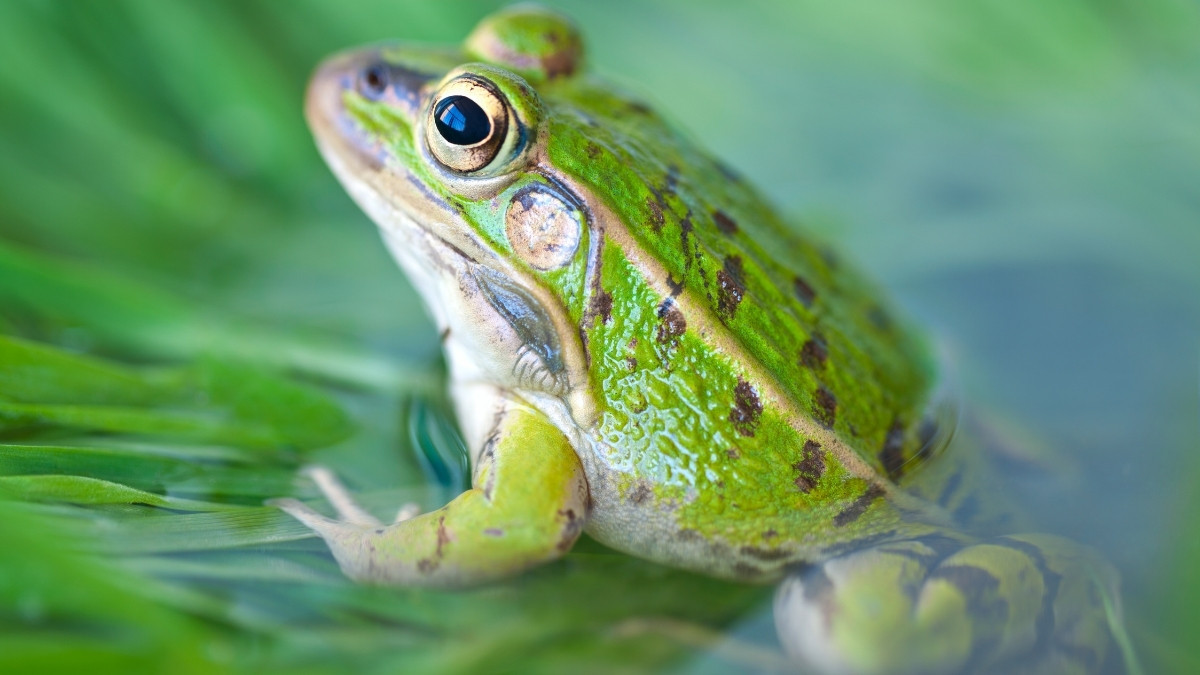
The frog is the best example of an amphibian. Their life cycle is a biological wonder: they start out as tadpoles that live in water and breathe through gills, and then they go through a huge change called metamorphosis into adults that live on land. When they get to land, they breathe through their lungs and their moist, permeable skin, which lets them take in oxygen from the air and water. This is a unique adaptation that is very important for survival in both environments. Because their skin is so moist, they are also more likely to get sick from pollution, which makes them natural bio-indicators of environmental health.
2. Crocodile
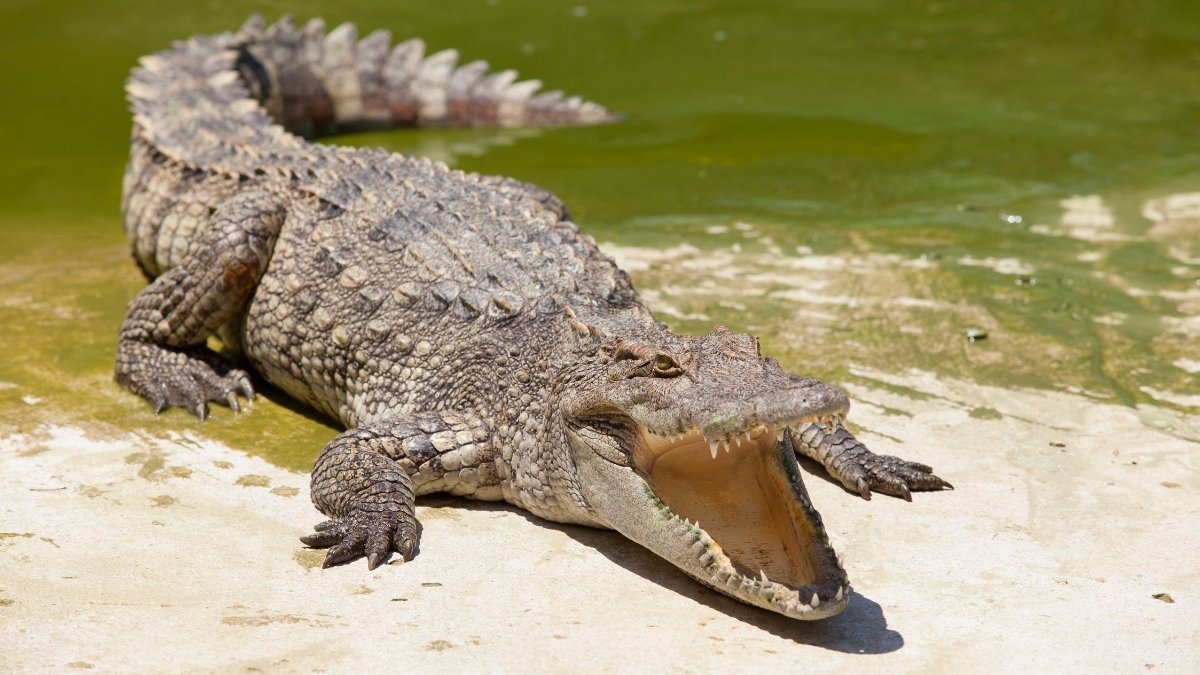
Crocodiles are reptiles, not amphibians, but they are one of the strongest animals that can live on land and in water. Because of their amazing adaptations, like having nostrils high on their snouts (which lets them breathe while underwater) and a clear, protective third eyelid, they spend most of their time underwater, waiting for prey. When they're on land, they bask in the sun to keep their cold-blooded bodies at the right temperature. They can also move quickly by walking fast or "belly running." Their thick, scaly skin keeps them from getting dry, so they can live for a long time without water.
3. Salamander
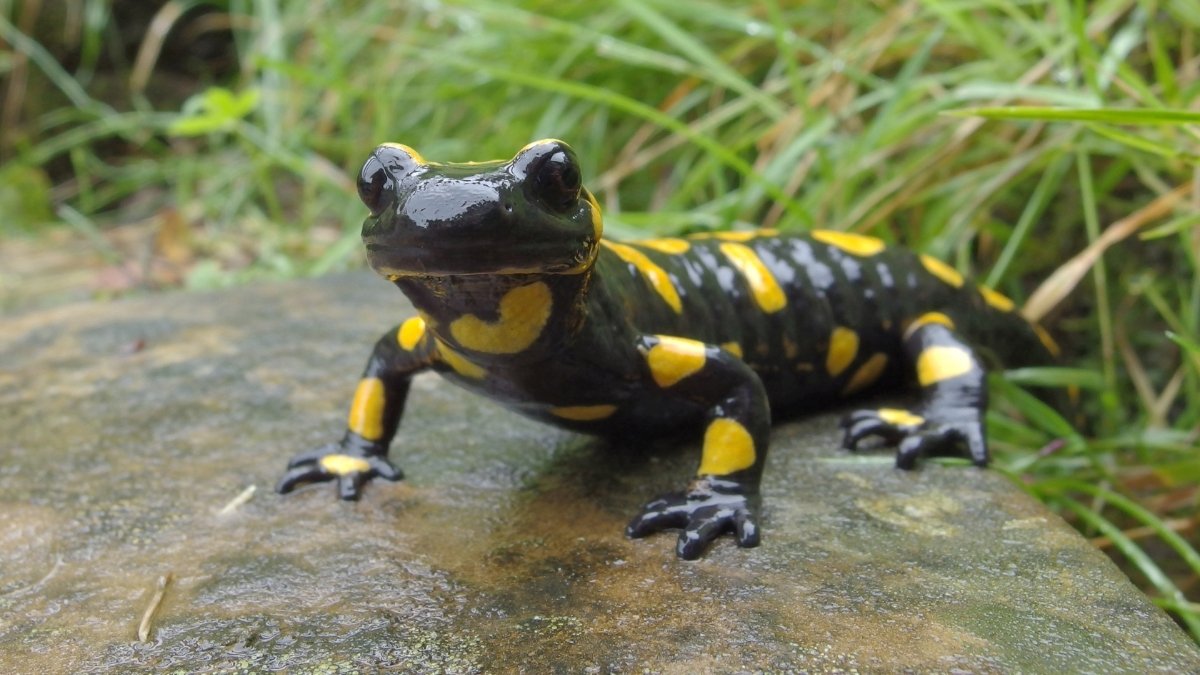
Salamanders are amphibians that look a lot like lizards. They have long bodies and tails. Many species, like frogs, begin their lives in water as larvae with external gills that look like feathers. They grow lungs as they get older, but they still rely a lot on their smooth, moist skin to breathe. Most adult salamanders like to live on land that is damp and cool, like under logs or in leaf litter. However, they need to go back to water or wet areas to breed and keep their skin healthy. Some exceptional species, like the Axolotl, remain fully aquatic throughout their lives.
4. Sea Turtle
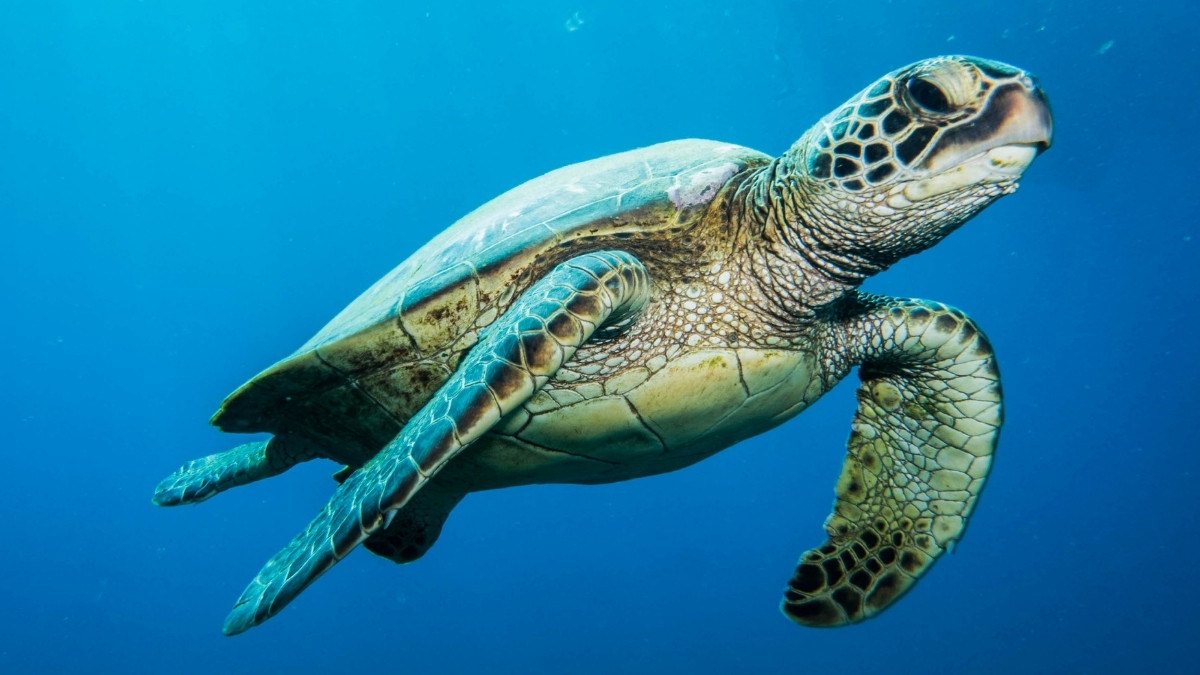
Sea turtles are old reptiles that live in two very different ways. They have powerful flippers instead of legs, which makes them very well-suited for life in the water. They spend decades roaming the open oceans. But they are still very much linked to the land. Female sea turtles have to travel a long way to get back to the sandy beaches where they were born so they can lay their eggs and build nests.
5. Beaver
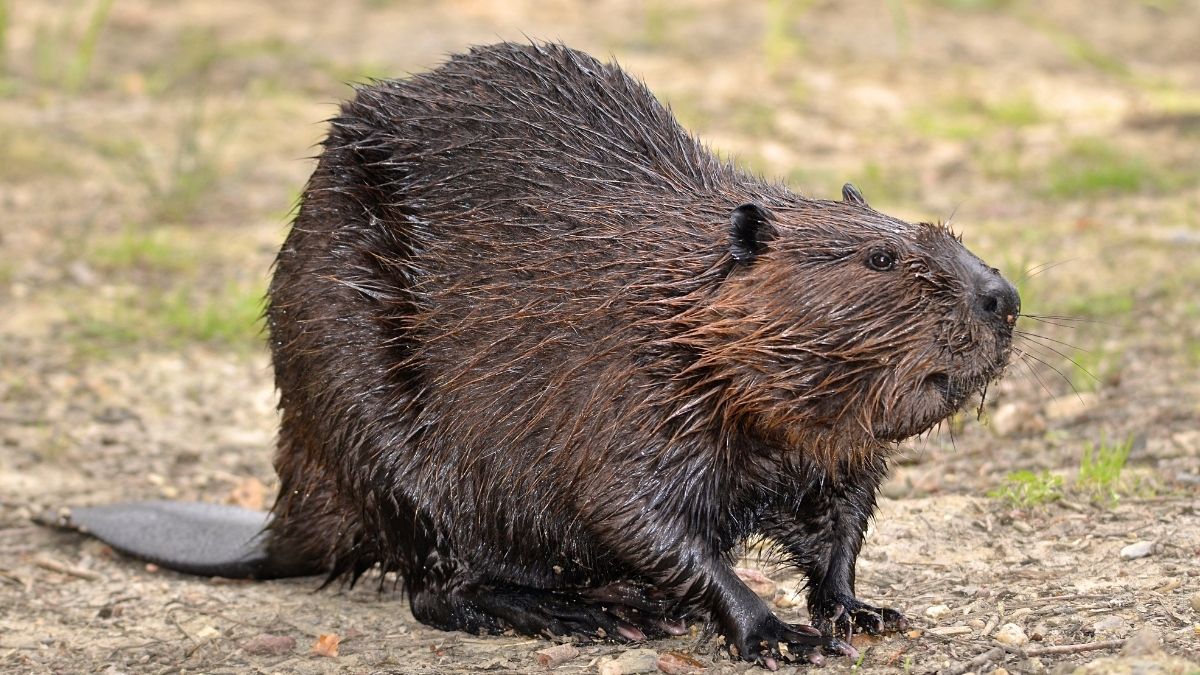
The Beaver is a semi-aquatic mammal that is well-known as one of the best examples of an animal that can live on both land and water. They are master engineers, building elaborate dams and lodges that modify their aquatic habitat for safety and easy access to food. They are good swimmers because they have adaptations like webbed hind feet, a wide, flat tail that they use to steer and signal, and a special membrane that covers their eyes when they are underwater. But they need land to get building materials (like trees and branches) and to sleep in their lodges, which are connected to the ground. This shows how well the two worlds work together.
6. Newt
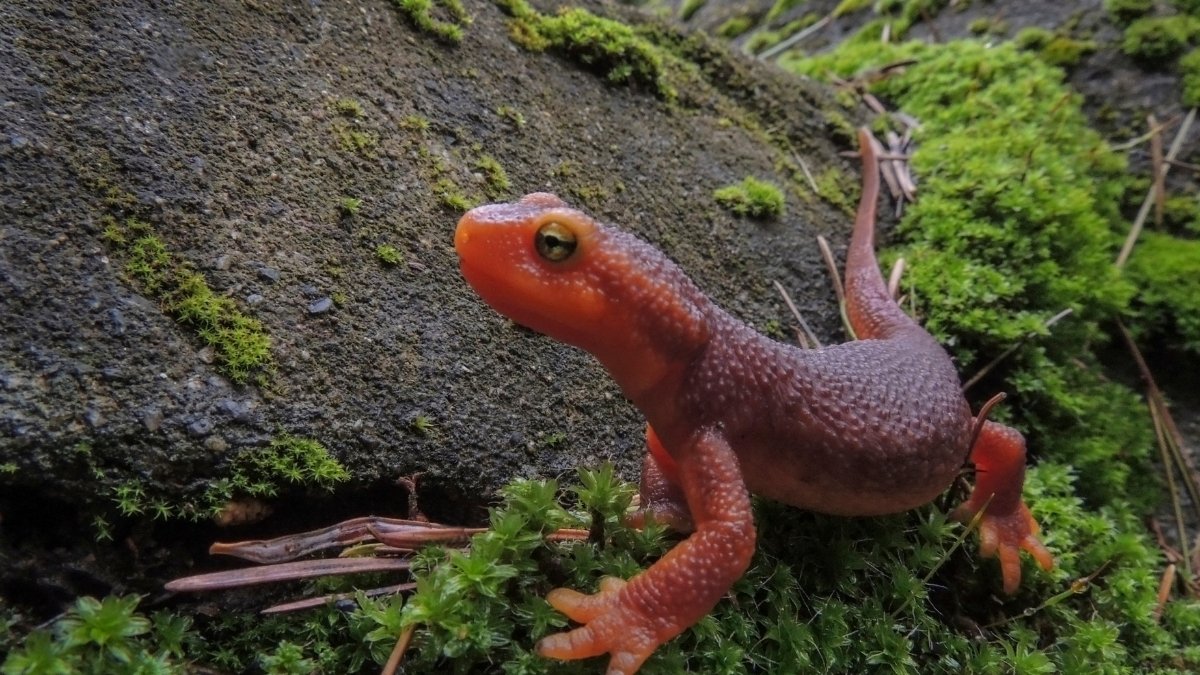
Newts are a type of salamander and are a key member of the amphibious animals. They typically have three distinct life stages: aquatic larvae, a terrestrial juvenile phase known as the eft, and an adult phase that returns to the water annually to breed. During their terrestrial stage, Newts possess a velvety, 'warty' skin texture that allows for gas exchange, but they must seek out moist, humid habitats to prevent drying out, perfectly illustrating the animals that can live on land and water concept.
7. Otter
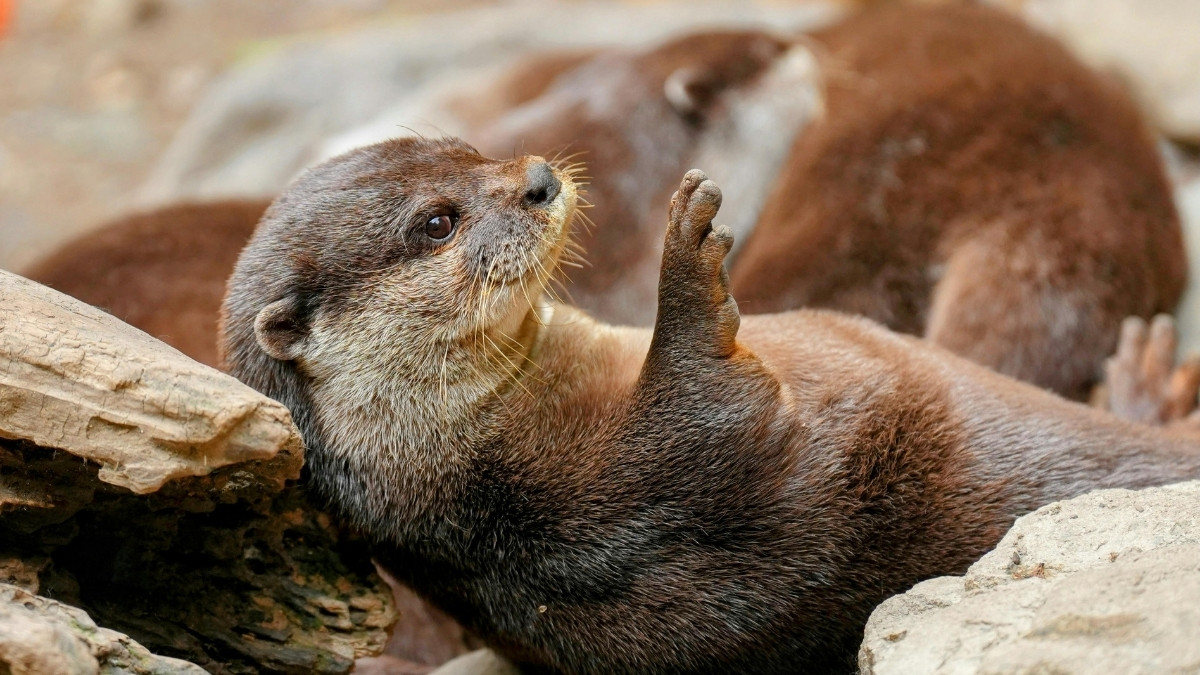
Otters are highly intelligent, playful, and incredibly sleek mammals. Their whole body is a machine for dual living: they possess webbed paws for powerful swimming, the ability to close their nostrils underwater, and a dense, two-layered coat of fur that is waterproof and provides excellent insulation in cold rivers and coasts. They hunt for fish in the water but come ashore to eat, rest, groom, and raise their young in dens (holts) built along riverbanks, making them truly versatile creatures.
Also Read - List of Top 5 Animals with Most Teeth You May Not Know
These species that live in two different places show how adaptable life on Earth is. Amphibians can change shape, and reptiles and mammals have special features that help them live in both wet and dry places. This shows how important they are for keeping ecosystems around the world in balance.
To read more such amazing stories, you can go ahead and add this site to your preferred sources by clicking here.
Comments
All Comments (0)
Join the conversation